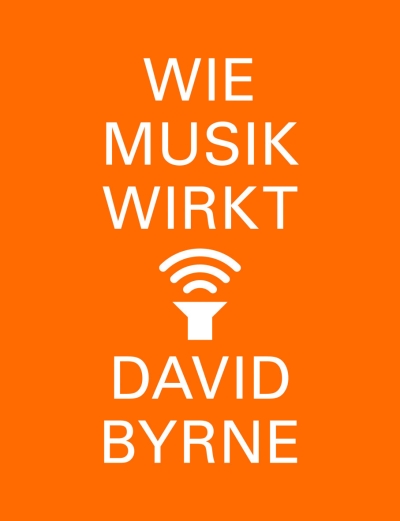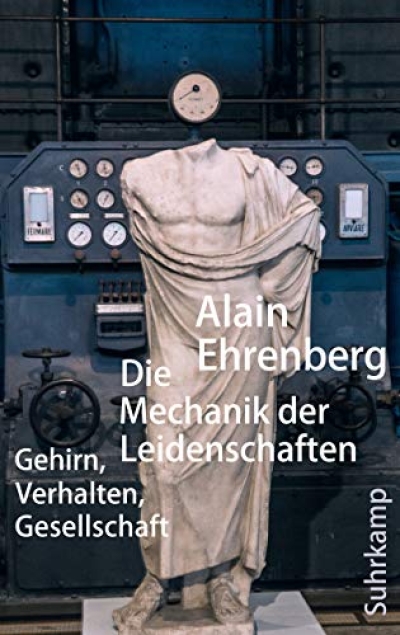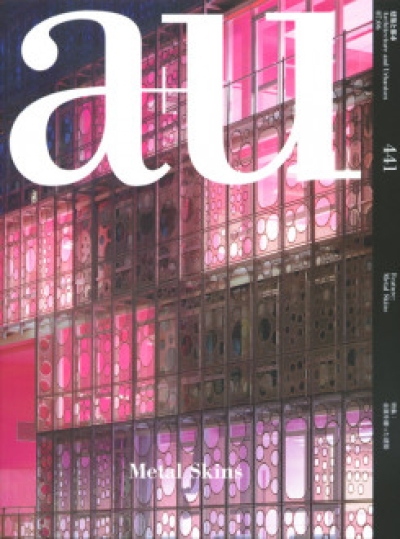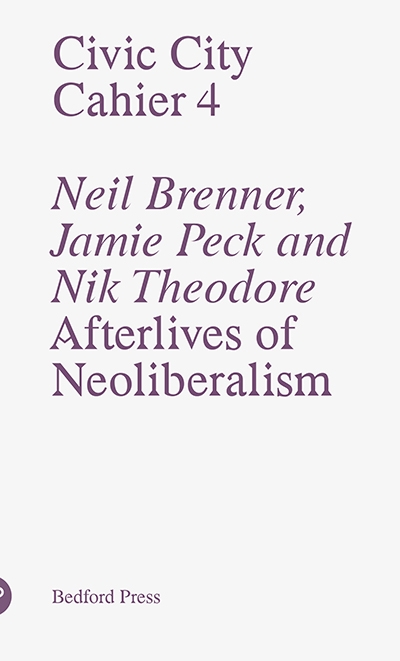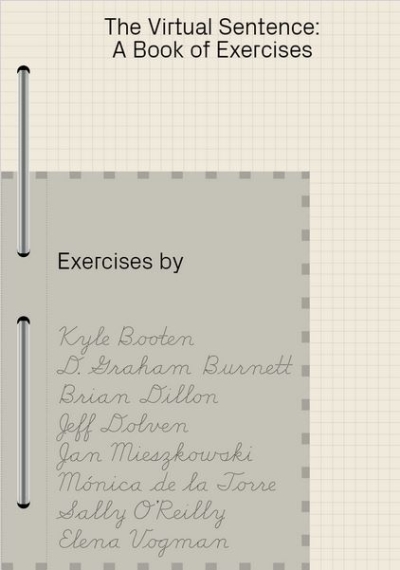
The Virtual Sentence: A Book of Exercises
The Virtual Sentence is an exercise book for the era of ChatGPT. Its title is indebted to Gilles Deleuze, who uses “virtual” to name a reality that is neither actual (already here), nor potential (not yet here). Said of the sentence, the term points to the articulate alternatives that surround what gets spoken out loud or committed to ink and pixel. This is neither the total space of linguistic possibility, nor the particulars of what you might have said, considered afterward in a spirit of regret, or relief. In other words, the virtual sentence is not concerned with the before or with the after. Rather, it is what you might be saying, even as you say what you actually say, and what you might be hearing, even as you hear what you actually hear—a “might” that is in fact simultaneous with sentence making, surrounding it and making it meaningful. The virtual sentence inhabits a space defined by a kind of immanent syntactic and lexical alterity. What might be otherwise is already there.
Today, the space of the virtual sentence is increasingly endangered, most dramatically by the accelerating aptitude of text-prediction algorithms used in the large-scale, unsupervised language models collectively known as Generative Pre-trained Transformers (GPT). This is the technology that companies like Google and Apple rely on when they volunteer to finish sentences in your texts and emails. Gmail, for example, offers tools “personalized to your writing style.” It can do this because it has read every email you have written, and also what everyone else has written, which is why it proposes what you want to say more quickly than your wants do.
This book aims to interrogate these techno-linguistic regimens by offering hands-on exercises from eight contributors, each designed to provoke exploration, and expansion, of the space of the virtual sentence. The values in its pages are variety and self-surprise, and it turns to the genre of the exercise—a miniature ritual of permutation and invention—in order to generate, rather than to stipulate.
Since the need of this book is not expected to go away, it is published as a binder so that new exercises and their accompanying essays can be added to it as they are commissioned. Those purchasing this book can sign up to receive these future contributions in the form of PDFs that can be printed at home and added to the original set of eight.











